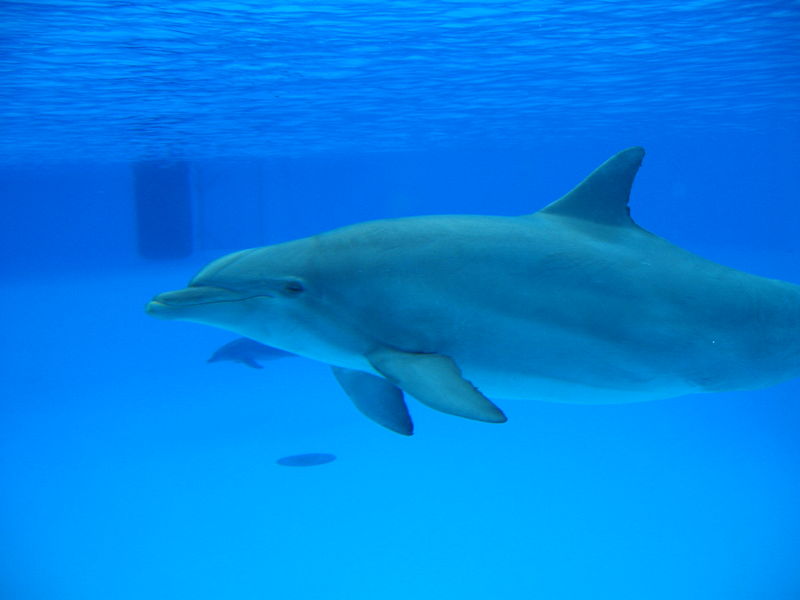
Classification
Dosidicus gigas derived its name from the Latin word “gigas”, which means “a giant”.
Domain: Eukarya Kingdom: Animalia Phylum: Mollusca Class:
Cephalopoda Order: Teuthida Suborder: Oegopsina Family:
Ommastephidae Genus: Dosidicus Species: Dosidicus gigas
.png)
Eukarya- the first prokaryote organisms to emerge
1.7 billion years ago. It includes all organisms that possess
eukaryotic cells (membranous organelles). Unicellular, and
multicellular organisms both fall under this category. It includes
the vast majority of organisms we come across each day such as most
Fungi,
Plantae, and Animalia, like the
Roosevelt Elk for instance.
Animalia- made up of highly organized eukaryotic cells, and those
cells differentiate into various tissues which become a specialized
structure for the animal. All animals also need a metabolism, which
is the breakdown of food to acquire ATP energy. Most animals also
have a means of reproduction, whether it be with another mate, or
the species is a hermaphrodite and can create offspring with itself. This
is an example
of an
Organism
sharing the same branch, and the dolphin shown to the right is
another species that belongs in the Animalia kingdom.
differentiate into various tissues which become a specialized
structure for the animal. All animals also need a metabolism, which
is the breakdown of food to acquire ATP energy. Most animals also
have a means of reproduction, whether it be with another mate, or
the species is a hermaphrodite and can create offspring with itself. This
is an example
of an
Organism
sharing the same branch, and the dolphin shown to the right is
another species that belongs in the Animalia kingdom.
Mollusca- the mollusks constitute one of the largest phyla of animals, both in species richness and in numbers of individuals. A significant characteristic of mollusks is their possession of a coelom, a fluid-filled cavity. The coelom not only functions as a hydrostatic skeleton but also provides space within which the internal organs can be suspended. All mollusks have a soft body which is generally protected by a hard, calcium-containing shell. In some forms however, the shell has been lost in the course of evolution, as in slugs and octopuses. reduced in size and internalized, as in squids.
Cephalopods- the cephalopods are considered to be the most highly evolved class of molluscs. These organisms have a highly evolved visual system, and tentacles with suction cups. They are all marine, and active predators. They are, by necessity, fast swimmers which use jet propulsion as a means of locomotion. A similar organism is posted here.
Teuthida- this large order is comprised of the most popular of all the cephalopods: the squid, which contains around 300 different species. Squid are among the most intelligent of the invertebrates, with a large head encasing a large brain. Resulting in axons as big as 1mm in length. The body is cigar-shaped and varies in color. Generally, they are a light pink. The deep-living species may appear bluish due to their ability to bioluminesce. The body has 2 lateral fins, one on either side, that makes them more streamlined so they can swim faster.
Oegopsina- the Oegopsina are deep sea pelagic squid. The head is without tentacle pockets, eyes lack a corneal covering, arms and tentacle clubs may have hooks, and the buccal supports are without suckers.
Ommastrephidae- the Ommastrephidae are small to large squids,
with mantle lengths ranging from that of the glass squid (Hyaloteuthis
pelagica) at 9 cm, to the Humboldt squid (Dosidicus
gigas) at 1.5 m. The mantle narrows towards the back and
possesses large terminal fins. The family is characterized by an
inverted T-shaped funnel locking cartilage. They have an easily
recognizable, slender, feather-shaped gladius with a hollow cone
structure. Light organs are present along the head and mantle of
members of the subfamily. Ommastrephid arms have
a double series of suckers. The enlarged tips of the tentacles have
four rows of suckers and hooks are absent. One of the ventral arms
develops into a secondary sexual organ in males.
by an
inverted T-shaped funnel locking cartilage. They have an easily
recognizable, slender, feather-shaped gladius with a hollow cone
structure. Light organs are present along the head and mantle of
members of the subfamily. Ommastrephid arms have
a double series of suckers. The enlarged tips of the tentacles have
four rows of suckers and hooks are absent. One of the ventral arms
develops into a secondary sexual organ in males.

Dosidicus- Dosidicus gigas is the only species belonging to the Dosidicus genus. They are predatory squid that live in the depths of the Humboldt current, they are also the largest of the squid family.